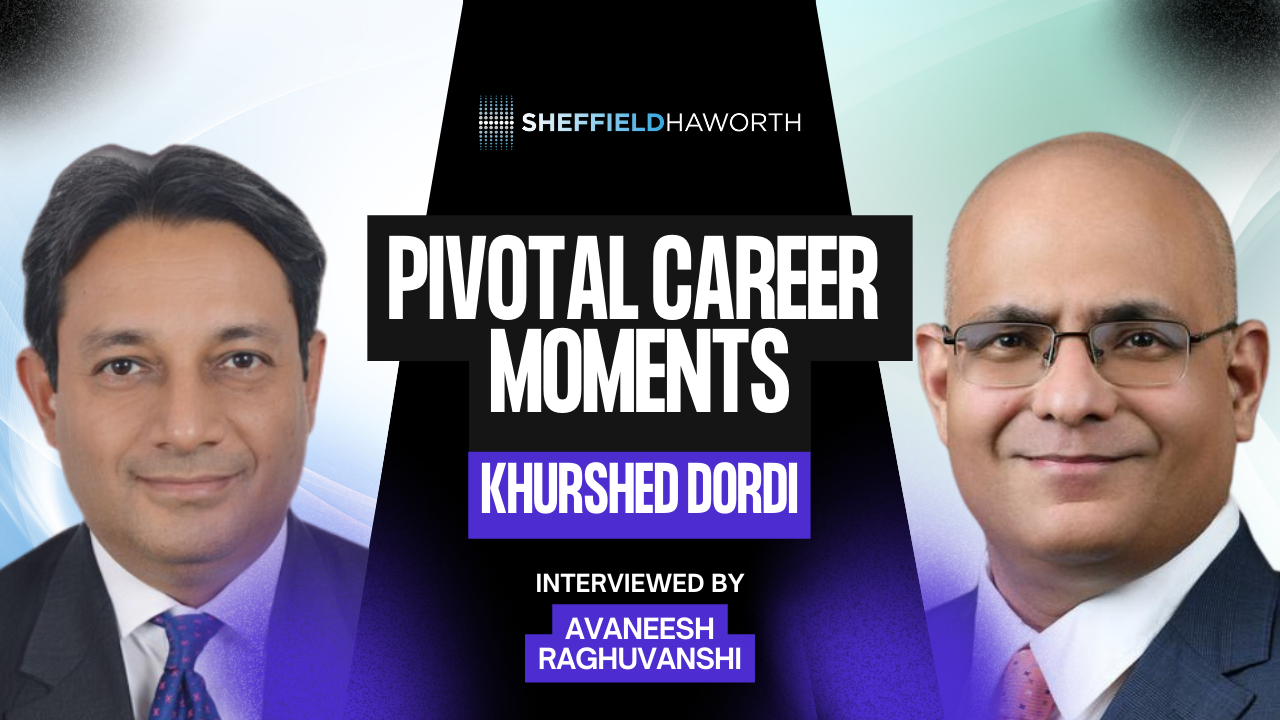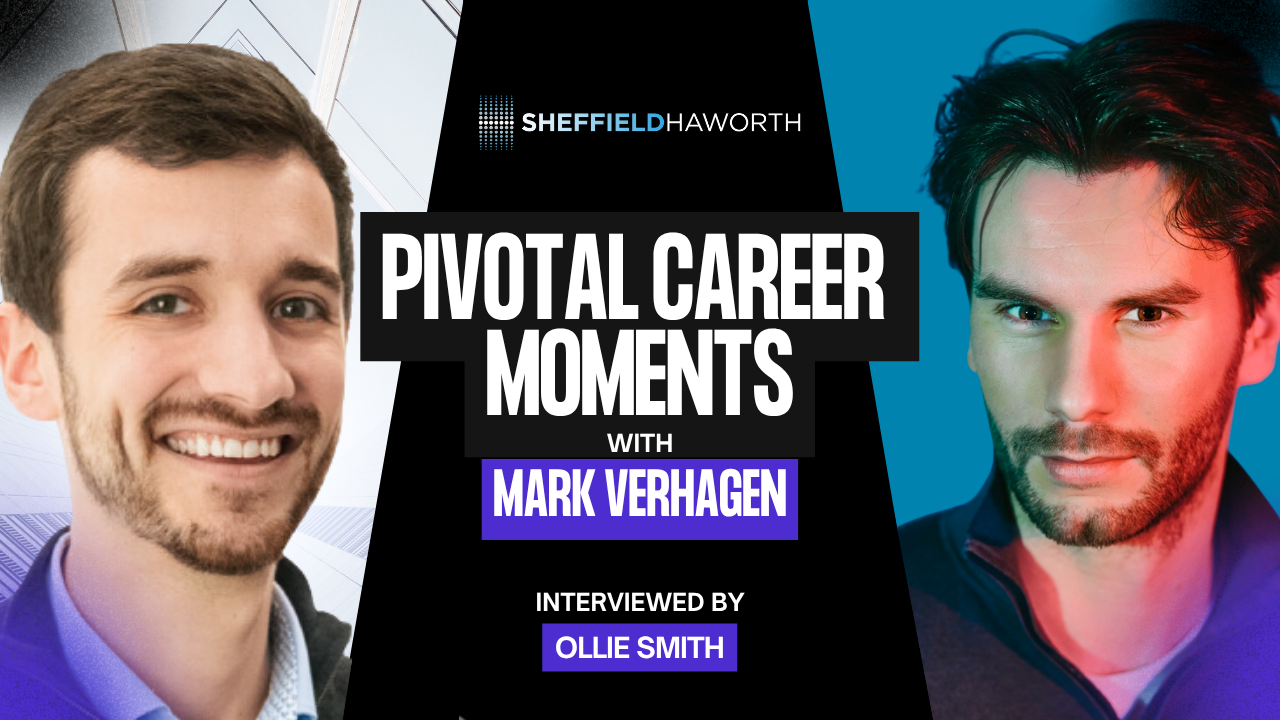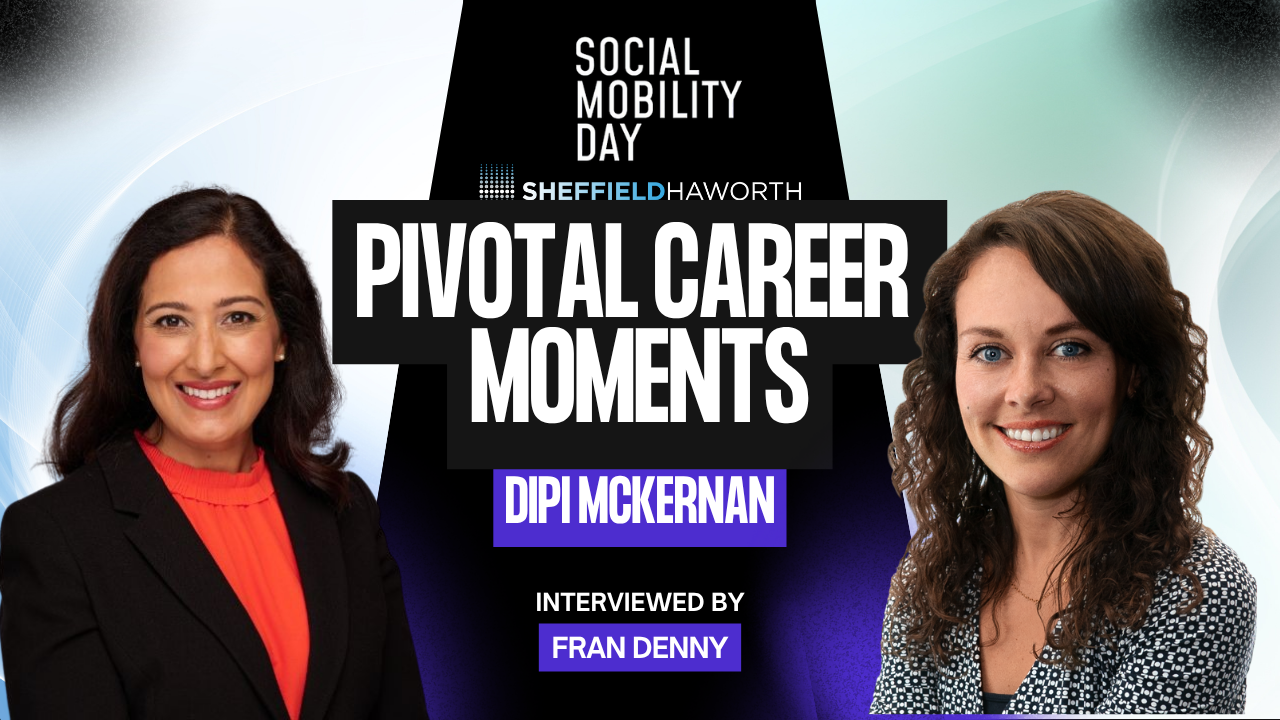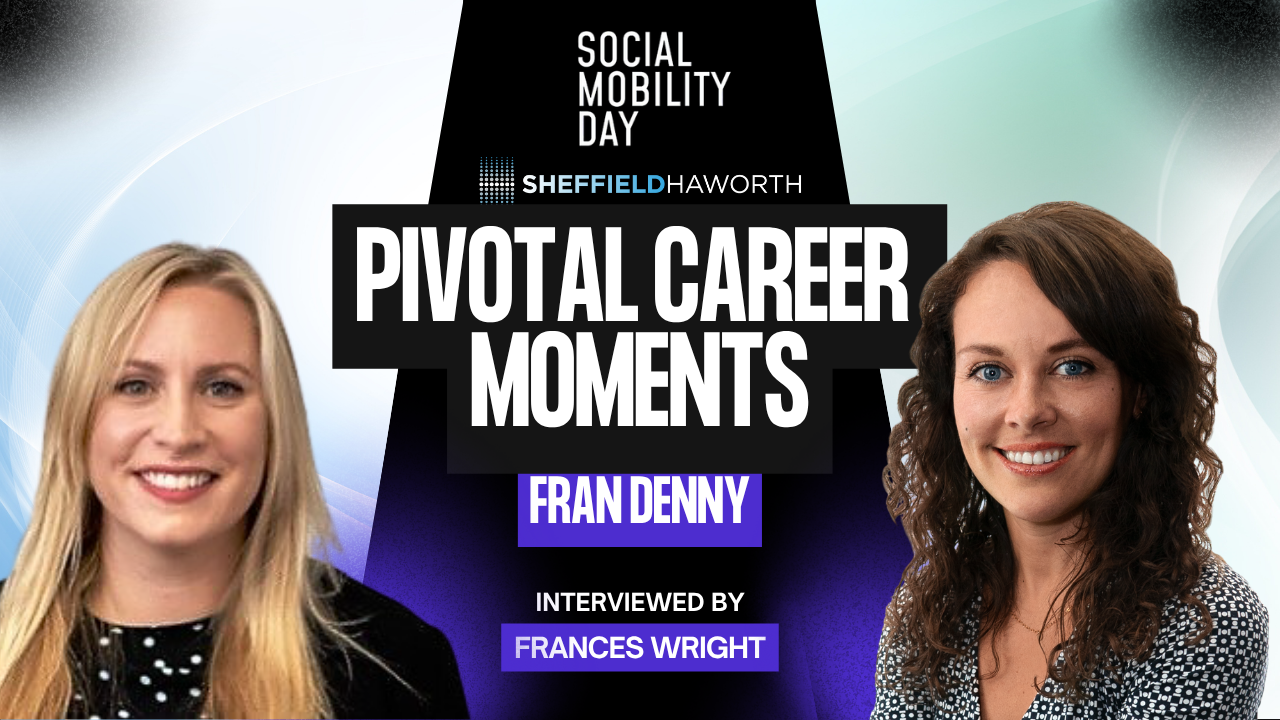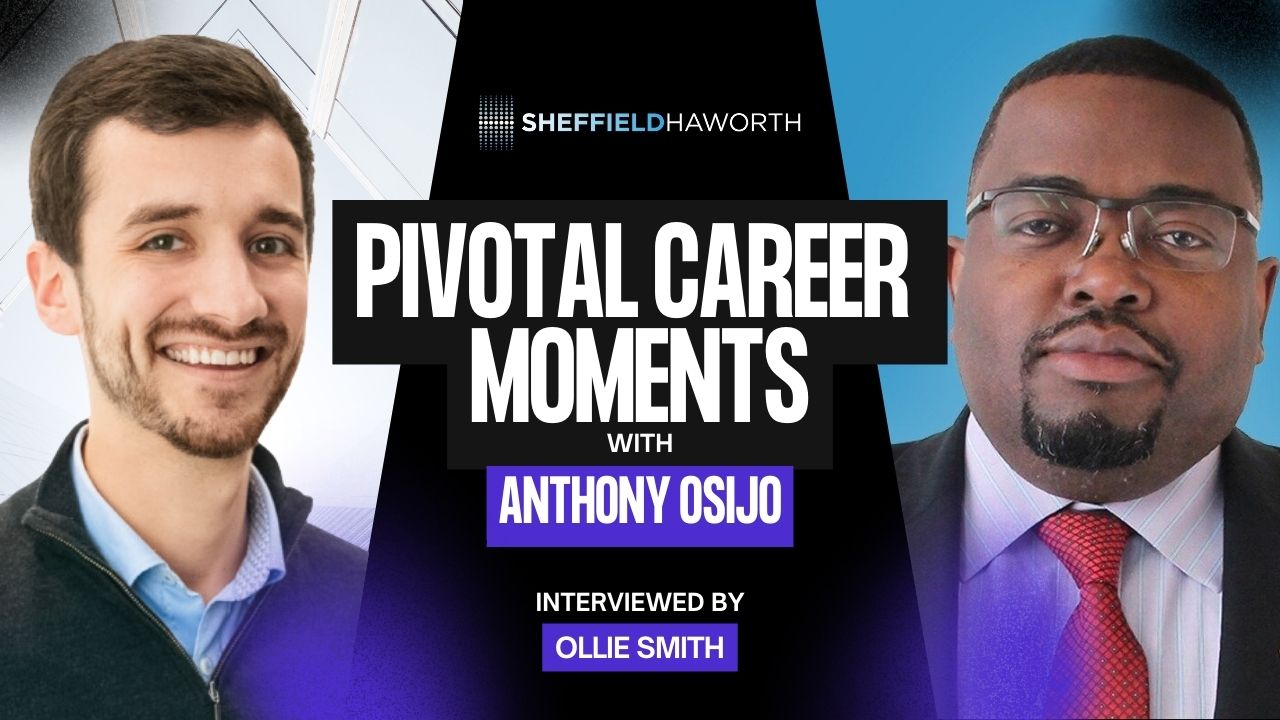Listen to the audio version of this article (generated by AI).
In 2006, Mark Simpson founded Maxymiser, creating an entirely new software category while growing a company that he sold to Oracle nine years on. Later, after a spell at IBM, he led a management buy out of the business he was managing to form award-winning MarTech startup Acoustic.
Now, he’s back at it again with Pillar, an interview intelligence platform that “coaches and guides teams to hire faster, better, and more equitably.”
Here, Mark speaks to Andrew Parker about what made his companies successful, the challenges of building tech businesses and taking them to successful exits, and how his latest venture Pillar is shaping up.
Q: You founded your first company reasonably early in your career and you’ve been something of a serial founder ever since. Why is that? What drives you?
While there are unique reasons for each of the businesses, I love solving big problems. When I founded Maxymiser there was really nothing like it in the space. Everyone was looking to drive traffic to websites. No one really cared about converting that traffic. IBM for me was a fantastic experience, but the opportunity to carve out something and do something truly fantastic with the assets that IBM had was just too good to pass up.
With Pillar, I genuinely think that getting the right people into the right roles efficiently and effectively is the biggest problem that companies have right now. I’m excited to be on the journey to solving that.
Ultimately, I’ve always chased doing something differently and thinking a bit differently. I love the experience of building something from scratch.
Q: As a founder, what’s the biggest challenge?
I have a real yearning to learn, which is why it’s been important to do something different each time. In founding and running any business, it’s all about resilience and being open and hearing and seeing the insights and inputs you get as you go out to market. The hardest period for any startup is the first 12 – 18 months because you may have a strong conviction it’s going to work, but you don’t know it’s going to work.
Once you get past the first part and start scaling the business, then you know it’s going to work. Then it’s all about how to execute an idea that you know is resonating in the market.
Q: When Oracle acquired Maxymiser, it was a big deal in the Martech world. What was the process of the exit like?
With Maxymiser, we just built a very solid business to the point where we were break-even. We only raised £20m and we got the business to a very healthy place where we were still growing rapidly in all the right metrics.
We were about 400 people when we got approached by another large company prior to Oracle. At that point, we modelled what it would look like to continue our growth through to an IPO versus exiting at this point versus other options. We didn’t go for that offer and eventually, of course, Oracle acquired us.
It’s never completely smooth sailing when you go for an exit. We had three bidders at one point. They all went away. We performed really well over the next couple of quarters and they all came back again. The deal closed about a year later. The process took a while but we were always very focused on continuing to build the business.
Q: Was it always the plan to have that kind of exit rather than an IPO?
We were always putting the fundamentals in place so that at some point we could IPO the business. However, customers (and Forrester and Gartner) were telling us we were the very best company in a very hot space. There was a feeling we would be approached and we did get approached a few times during our life span. We said no to a few and agreed to partner with a few others.
We felt that probably an offer would come in that we couldn’t refuse but that was never the plan, either from the outset or as we built the business.
Q: Having gone through that exit journey, what was the most important thing that got the deal over the line?
The most important thing we did was keep an eye on running the business and not getting distracted. I have to tip my hat to my team in continuing the progress that we’d always planned. Ultimately that really stood us in good stead because, when the bidders went away and came back, we’d overperformed on all our numbers.
We also had a competitive bidding situation, which is a nice place to be. We didn’t put ourselves out for sale.
Q: Do you have any regrets about that exit?
I wouldn’t change much of what we did. I would probably encourage myself to do more diligence on other companies that had been acquired by the various companies that were interested in us in similar situations. We were in a very fortunate position that we had several companies interested in acquiring us and it’s very easy to get wrapped up in that. We could have done more diligence in what the reality of life was like within each of those companies.
Q: How was the IBM experience different for you?
I loved my time in IBM. It’s a fantastic company to do some really big things within. Despite the business I was in doing $1bn a year or more, it was never a core part of IBM. It was always on the periphery. So I saw an opportunity to carve out the business.
We sold the majority of the business I was in charge of at the time to another company and I carved out what became Acoustic – a much smaller part of that overall business. But I saw a huge opportunity to become the leading independent marketing cloud. I was very excited about bringing that to the fore.
It was probably one of the most complex carve-outs that our consultants had ever seen. Landing that business in the right place so that it could grow was an amazing and challenging experience, despite the hard decisions we had to make. Very different from building a company from scratch, but a wonderful period of my life none-the-less.
It was more stressful that than Maxymiser in a few ways. Building a company from scratch, you’re responsible initially for yourself and then a few people. You grow in stages. In carving out a business and trying to land it in the right way, I was responsible for 3,500 customers and 1,000 staff from the outset. That made it more stressful because I felt the weight of that, but I don’t think it was harder work or more hours than any of the other work that I’ve done.
Q: What was the difference between dealing with private equity investors in this case versus dealing with venture capital investors previously?
With PE, the numbers are a lot bigger, and you’re wholly owned by an investment firm rather than them having a shareholding of it. This creates a very different dynamic in terms of having a say in the running of the company.
Q: Why do it all again with Pillar?
Through my experience of building some great companies, I came to truly believe that people are the most important part of a business. So many CEOs say that and then underinvest in getting the right people in – and they have done for decades.
I think with everything that’s happened over the last three years with Covid driving working from home and BLM driving diversity, equity, and inclusion, and all the other things that have happened, people are actually getting much more attention within a business now. There’s no better time to solve what I think is the biggest challenge in any company: getting the right people into the right roles efficiently, effectively, and equitably.
I’m excited at the opportunity to solve some of the massive challenges I’ve seen with recruiting teams and taking what has been the ‘black box’ – the interview – and providing transparency around it and anything else we can do on top to increase that quality of hire.
Q: How has Pillar been going?
We’re a totally different company now at the beginning of 2023 than we were this time last year. We’re still young – only two years old – but now very solidly behind the idea, the product, the roadmap moving forward. We’ve got a fantastic customer base and a fantastic team to build the business around. I’m looking forward to really scaling this business.
Q: What kind of growth are you targeting for 2023 and beyond?
We should at least treble the business this year. Some of the most exciting stuff at a startup is what’s on your product roadmap. There are some really exciting problems we feel we’re going to solve through next year, and a lot of that is based on the customer feedback that drives our roadmap.
So far, we’ve provided transparency and clarity in the interview intelligence space. That has spurred the ability to share interview clips and operationally make the process of interviewing much more efficient. We’re cutting time-to-hire by one or two weeks for our clients and taking out about 10-12 hours of interviewing per role. We’ve greatly increased the quality of hire as well, cutting first six-month staff turnover by about 32% for our clients.
Layering on top of that, the insights we can now start providing companies on how to better train interviewers, how to devise better interviewing processes and how to make them more equitable and inclusive, are probably one of the most exciting developments for us in the year ahead.
Q: Are you back in category creation mode?
Very much so. We’re building and defining a category as much as we’re building a business, which is what I love. We’re changing the way businesses work for the better, not just for client companies but for candidates as well – hopefully making the crappy interview experience a thing of the past!
Q: What are your long-term goals for the business?
The impact we can have on companies and candidates significantly outweighs any plans that we could have for the business in the near term. I look at the next three years and see it as three years of building a fantastic company while assessing where we should be going from there based on feedback from our customers and the market.
This is about building a business to solve some big problems. In my experience, when you do that good things happen.
Q: What’s given you the most joy in your career to date?
I get a lot of joy in the growth stage of great businesses. There were many points at Maxymiser where I could sit back and look at the great team and feel like we were doing a great thing. I get great satisfaction out of moments like that, as well as solving big problems and changing a market for the better. It comes out of those two things – the problems we’re solving and the teams and environment that we’re building for those teams.

